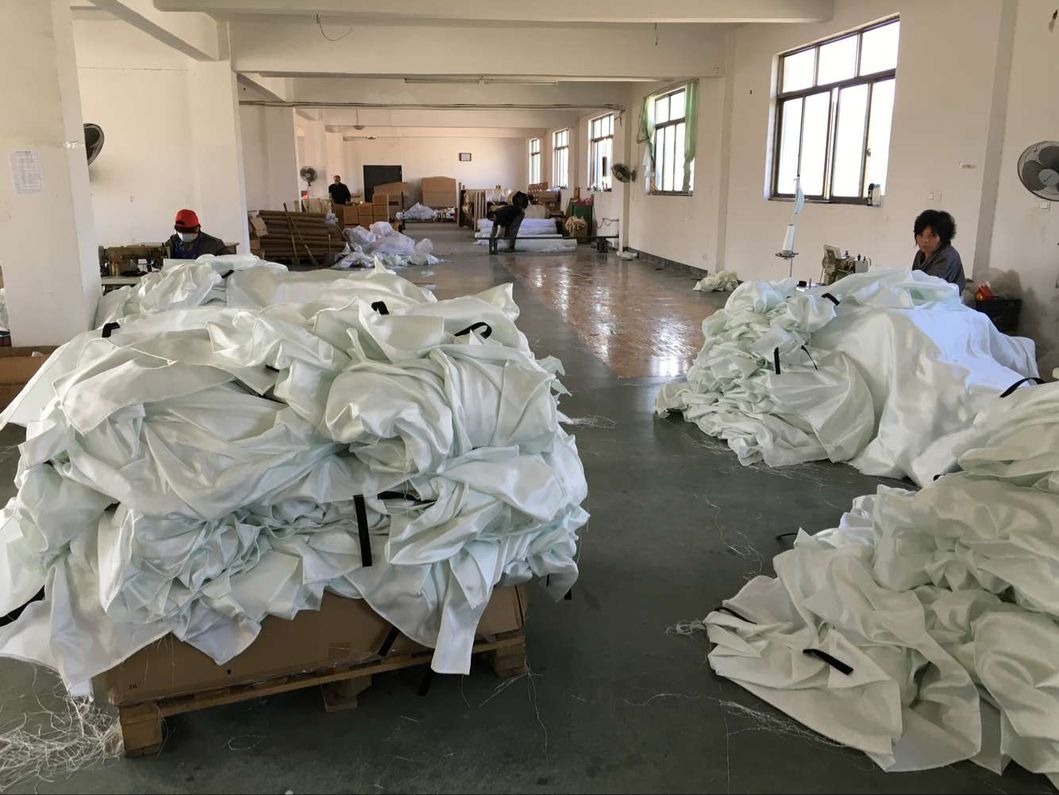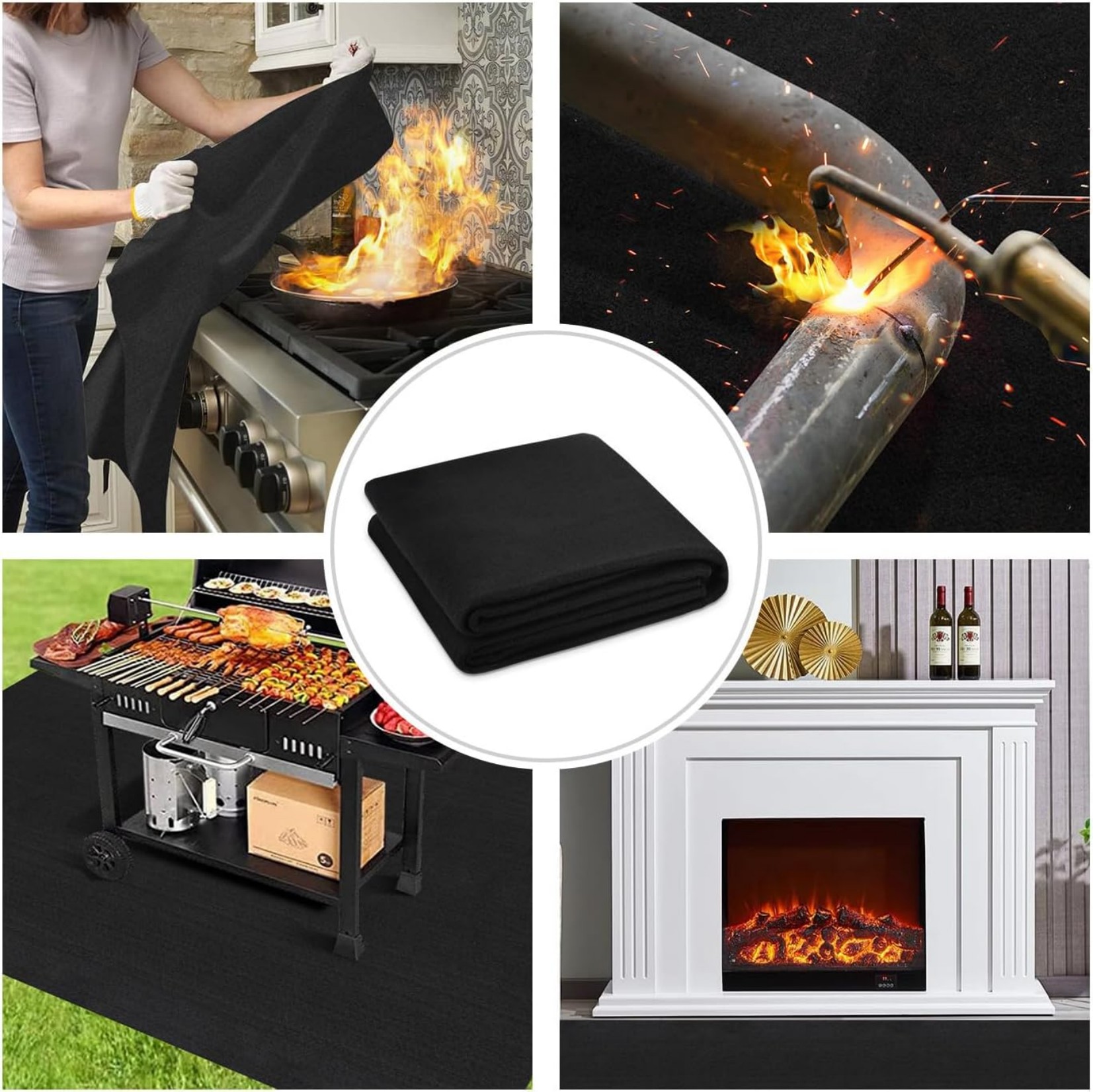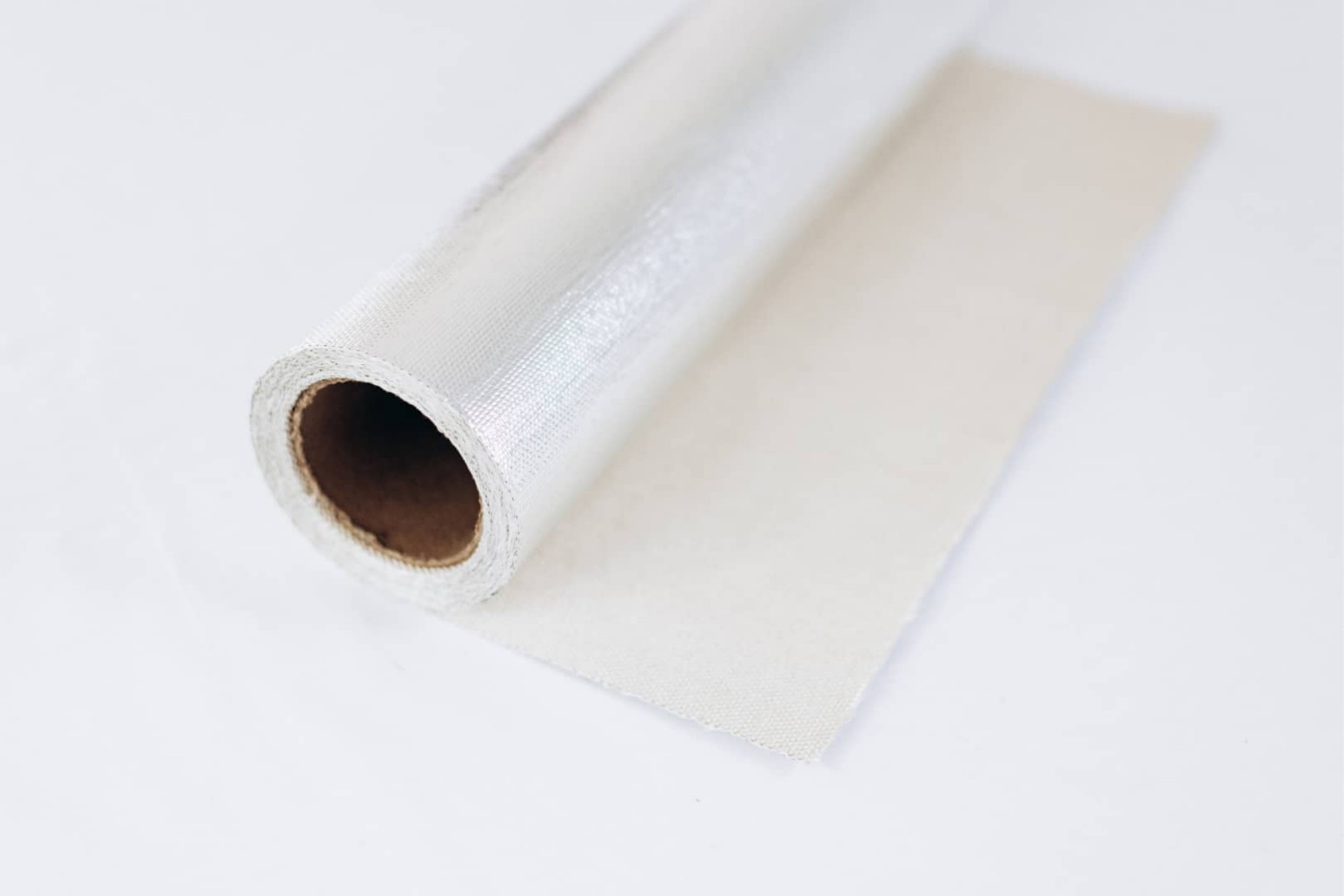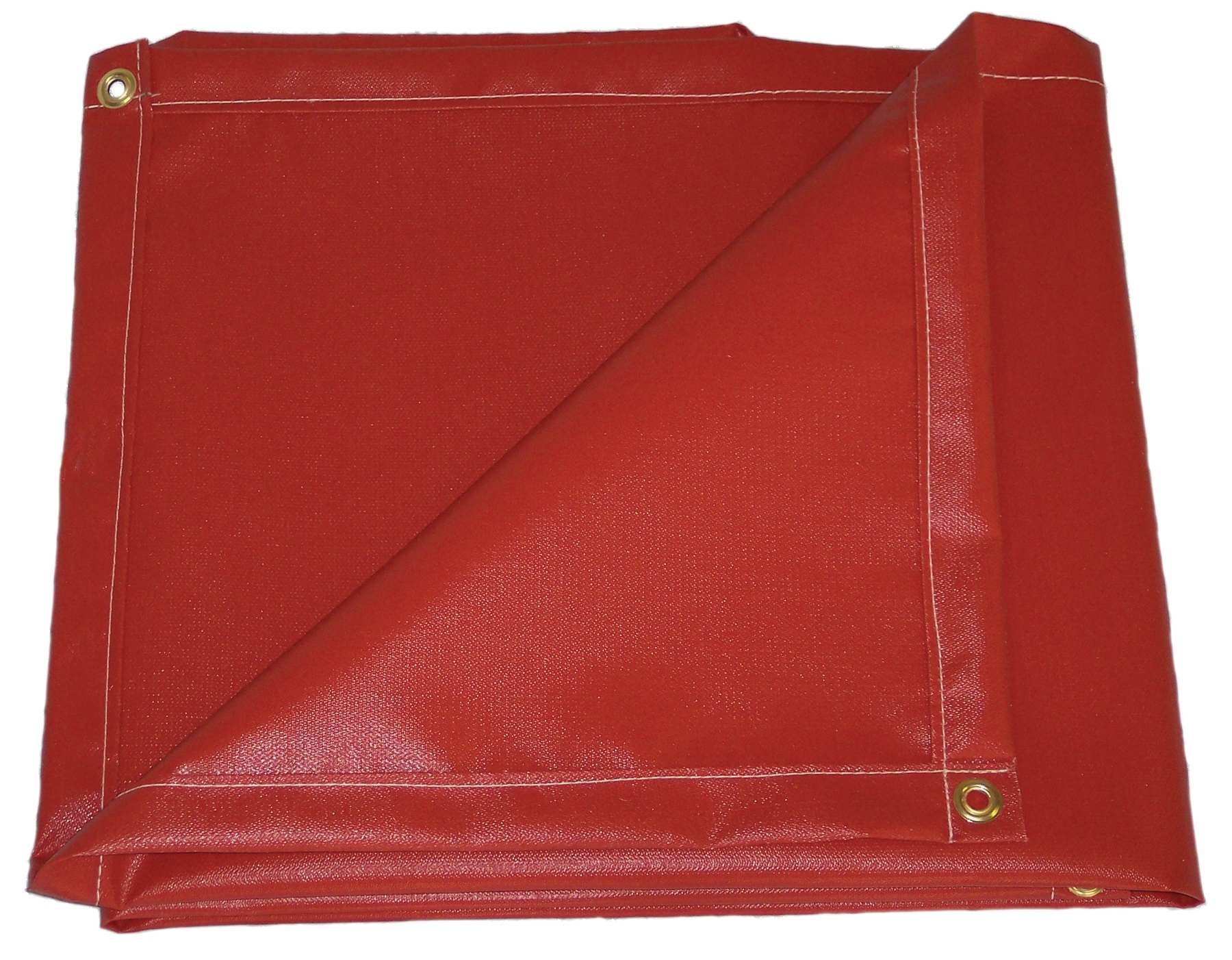Welding Blanket on Wood Floors: Essential Safety Guide for DIYers
This guide explains how to safely use welding blankets on wood floors during welding projects. You'll learn proper setup techniques, material considerations, and fire prevention methods to protect your wooden surfaces from sparks and heat damage.
Why You Need a Welding Blanket for Wood Floor Protection
When welding in areas with wood floors, sparks and molten metal can cause serious damage. A welding blanket creates a protective barrier that:
- Prevents burn marks and scorching
- Stops sparks from igniting wood surfaces
- Contains slag and spatter
- Reduces heat transfer to the floor

Without proper protection, even brief welding sessions can permanently damage wood floors. The welding blanket on wood floors acts as your first line of defense.
Choosing the Right Welding Blanket for Wood Protection
Not all welding blankets offer equal protection for wood floors. Consider these factors:
Material Composition
Look for blankets made from:
- Fiberglass:Most common, good for temperatures up to 1000°F
- Silica:Higher heat resistance (up to 1800°F)
- Ceramic fiber:Best for extreme heat (over 2000°F)
Thickness Matters
Thicker blankets (1/8" or more) provide better protection for wood floors. Thinner options may allow heat transfer that could damage wood over time.
Size Considerations
Your welding blanket on wood floors should extend at least 3 feet beyond your work area in all directions. Standard sizes range from 3'×3' to 12'×12'.
Proper Installation Techniques
Simply laying a welding blanket on wood floors isn't enough. Follow these steps for maximum protection:
- Clean the area:Remove all flammable materials from your work zone
- Secure the edges:Use non-flammable weights or clamps to prevent shifting
- Overlap if needed:For larger areas, overlap blankets by at least 6 inches
- Check for gaps:Ensure no wood is exposed near your welding area
Additional Safety Measures
While a welding blanket on wood floors provides essential protection, combine it with these precautions:
- Fire extinguisher:Keep a Class ABC extinguisher nearby
- Heat monitoring:Check floor temperature periodically
- Ventilation:Ensure proper airflow to prevent smoke damage
- Personal protection:Wear appropriate welding gear

Maintenance and Care
To keep your welding blanket effective for wood floor protection:
- Inspect for holes or thin spots before each use
- Clean off slag and debris after projects
- Store folded (not rolled) to prevent crease damage
- Replace when fibers become brittle or compromised
Common Mistakes to Avoid
When using welding blankets on wood floors, watch out for these errors:
- Using damaged blankets with holes
- Allowing blankets to contact hot metal directly
- Positioning blankets too close to the weld point
- Neglecting to secure all edges properly
Alternative Protection Methods
For extra safety when welding over wood floors, consider combining your welding blanket with:
- Sheet metal underlayment
- Fire-resistant boards
- Wet sand or clay barriers
- Commercial welding pads
Conclusion
Using a welding blanket on wood floors is essential for any welding project in areas with wooden surfaces. By selecting the right blanket, installing it properly, and combining it with other safety measures, you can prevent costly damage and dangerous situations. Always prioritize safety when welding near flammable materials.






